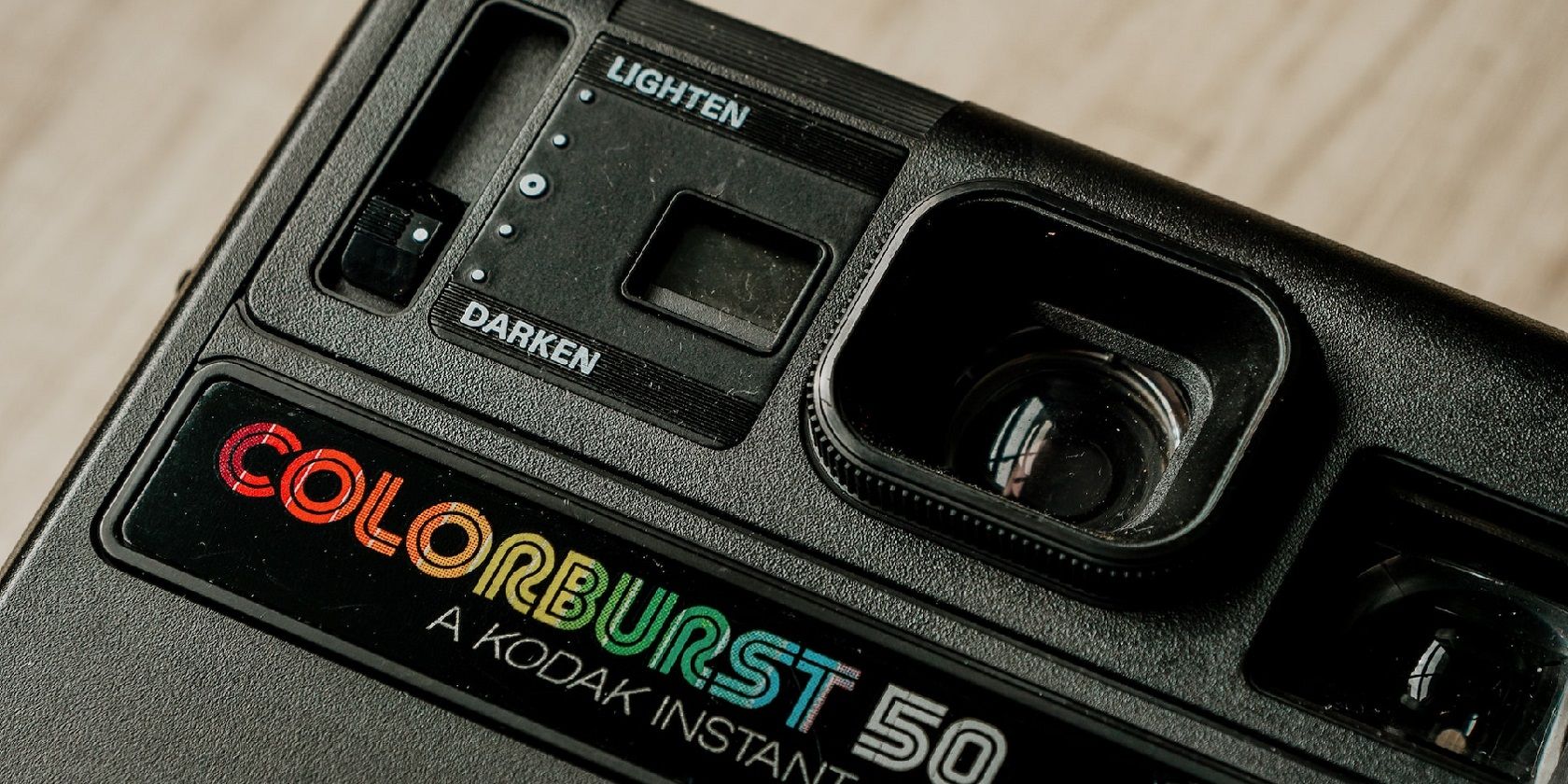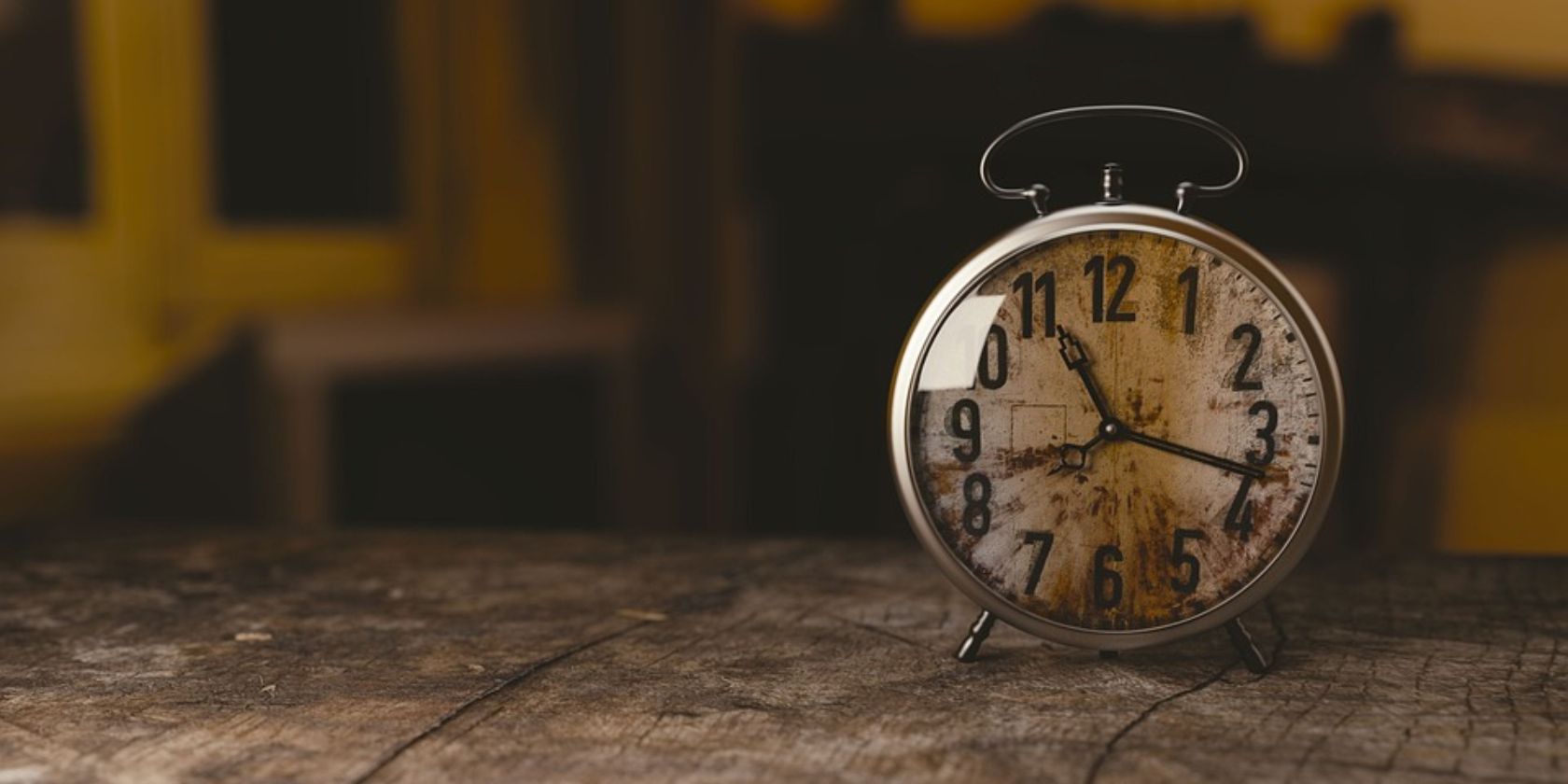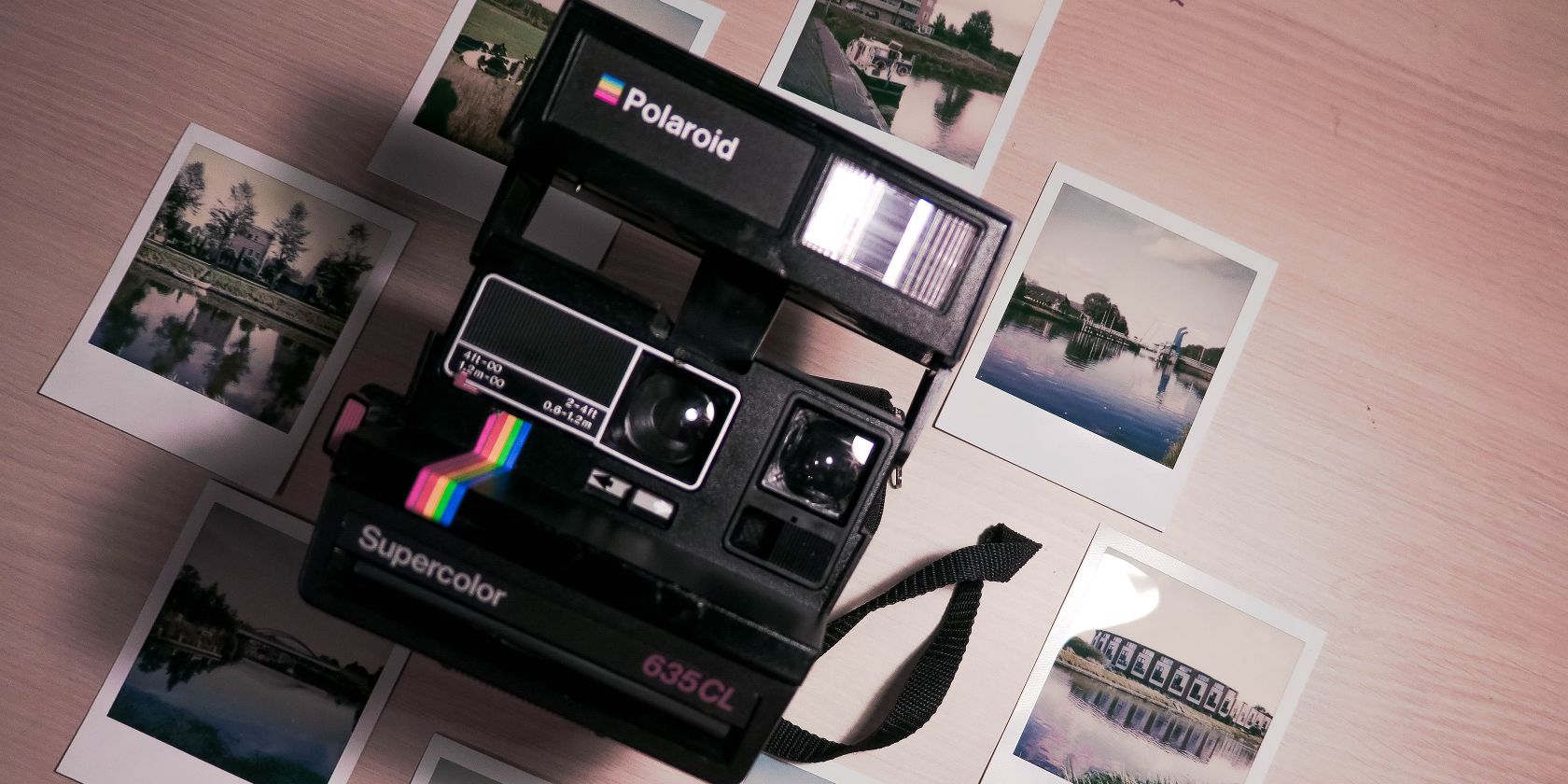Opinions, to paraphrase an oft-quoted line, are like cameras: everyone's got one. And there's one point of contention that all photographers argue about: film or digital—which is better?
Digital seems ideal, what with the ease of use and availability, but film is mostly superior. Here's why you need to get rid of your digital camera and replace it with an SLR that uses film.
1. Film Looks Better Than Digital
Digital photography has improved over the years, especially when it comes to smartphones. Even then, however, a better digital camera on a phone—an iPhone Pro Max, for instance—is going to cost you a lot. The main problem is that most photos look good, until you try to enhance them. Focus on a particular section and the pixels will be exposed.
Digital gives you an impression; film gives you the real thing.
This is all about size. How large do you want an image? If it's always destined to be displayed small, digital is more than enough. Updating your Facebook? Use digital. But like it or not, film resolution beats digital when in the hands of a competent photographer.
Landscapes, in particular, are superior on film. Taking a quick shot of woodland using your iPhone is fine if all you ever want to see is how it looks in the moment. If you want more texture, more quality, film won't let you down. It's got a reliability that you simply cannot get using a DSLR. You get home and think you see a squirrel in that tree. You take a closer look. On film, you discover it's just a bird. With digital, the picture pixelates, and you'll never know what was in that tree.
2. Film Captures Color and Contrasts Accurately
In addition to the sharpness of an image captured on film, the colors are better too. Digital can make things look flat and dull, due to how light, and by extension color, is captured, impacting on the depth of field.
This has become the norm. We see stunning imagery online and figure that these companies employ professional photographers who just naturally get these shots in-camera. While that's basically true, many use Photoshop to bring out the bold colors that aren't captured digitally.
Film can capture a broader spectrum of color more effectively. The often-crisp quality of film highlights the stark contrasts, making pictures stand out more.
The quality of prints depends on the printer used too: whether you're developing film yourself or taking your camera to professionals, you're likely to get stronger and more accurate colors than if you use digital images and a printer that's best served for Word documents.
3. Digital Encourages Unnecessary Duplicate Images
Photography is all about capturing a single moment. The truest expression of that is with a single image.
Flick through your phone or DSLR. You'll find numerous shots of basically the same thing, all from slightly different angles. When on vacation, for example, it's easy to worry one photo doesn't look right, so you take another, lest you miss the moment.
But you can get a more engaging impression of whatever you're photographing with one strong image. There's an art and confidence in putting all your attention into a single picture. You don't need to do it over and over: you've put all your effort in capturing it this once. Digital breeds a culture of recapturing a shot because it's so easy. It's also pointless. You won't treasure these excesses; they'll be lost in a sea of same-old-same-old.
4. Digital Can Pointlessly Eat Up Your Time
Most of us only take photos of something nice: a party, a live event, or a vacation. Times we want to remember. They're also the times we want to live to the fullest.
We need to learn to live in the moment. Don't waste precious memories by snapping photos until you've filled a USB with thousands of images. You're taking the same image again and again. Now imagine doing that with film: it would be costly, and all your photo albums would be taken up by superfluous images of plants, insects, or your niece playing with a toy truck.
Our time is important. Don't let yours be eaten away by a hobby that should enhance your days, not take the excitement out of them.
Putting a good but not considerable amount of time into taking one photo is good training. You stop and think about composing a shot, using the golden ratio, for example. That's more valuable than numerous takes of the same thing.
5. Film Gives You More Hands-On Experience and Control
If you really love photography, film is the best way to go as it gives you more control over the whole process.
Analog is the first photographic medium and it's still in use today. That longevity is down to numerous benefits, but chiefly because the photographer is in charge. Film gives you control over shutter speed, long exposures, light, and even double exposures. The latter is when the same film is used twice, so two images are relayed over one another, which can produce the most glorious results. You can achieve some of these on digital cameras, but most people will take snaps and then amend them afterward using photo-editing software like Photoshop.
What's more, if you do everything yourself, you're in charge of developing the film too! This is the proper hands-on approach, which emphasizes the importance and reverence of photography. You won't take loads of unnecessary pictures if it's down to you to develop them in a dark room.
The fact that you have little control over digital cameras and smartphone photography can be highlighted by one important thing: battery power. SLR cameras don't need additional power banks, whereas digital requires extra battery during particularly long shoots. If you spend a day taking photographs on your iPhone, your smartphone will be running low on power, so you'll need to charge it back up before using it again. It's out of your control.
6. Film Lasts Longer
We capture moments to relive days gone by when we're at our lowest points. Photos are meant to last. Digital ones don't, however.
In theory, digital will go on longer than analog, but that doesn't take into account how storage and backup technology evolves. We might use USBs or SD cards at the moment, but they're not permanent. It's like storing your pictures on a floppy disk; try to find a PC to retrieve them! Even storing stuff on CDs is old-fashioned now.
The tech we use today—even cloud systems—will be superseded by other technological marvels, and we might remember to transfer files most of the time, but we'll lose some too, especially if a computer unexpectedly dies.
And what if there's a corrupt file? That much-loved photo is lost. Even Vint Cerf, considered one of the fathers of the internet, advises you to print out your images (via PetaPixel).
Prints aren't perfect. Sunlight exposure, for instance, fades printed photos, no matter whether they were originally digital or film images. This is why Polaroids are literally just snapshots: they won't last. But negatives, if stored correctly (i.e. at room temperature, hidden from harsh lights), can be reused to bring your old pictures back to life. And as developing and scanning technology gets better, it'll take advantage of the film's resolution. More data can be inferred or revealed from film than a digital copy, which sticks to its quality level, no matter what.
Film vs. Digital: Which Is Better?
Yes, it ultimately comes down to personal taste. Digital takes up less physical space and can be shared more easily. The majority of us opt for DSLR without question. But film is always worth considering. The ideal scenario is, of course, having both.
So take time to appreciate the advantages of film. You don't have to ditch digital entirely, but you could at least buy an additional SLR that uses film so you enjoy the best of both worlds.




